
Putting a face to a fossil: Meet John Gurche
We chatted to renowned palaeoartist John Gurche about his fascinating work of creating a face from a fossil. You may recognise his work from museums, publications and even some movies.

We chatted to renowned palaeoartist John Gurche about his fascinating work of creating a face from a fossil. You may recognise his work from museums, publications and even some movies.
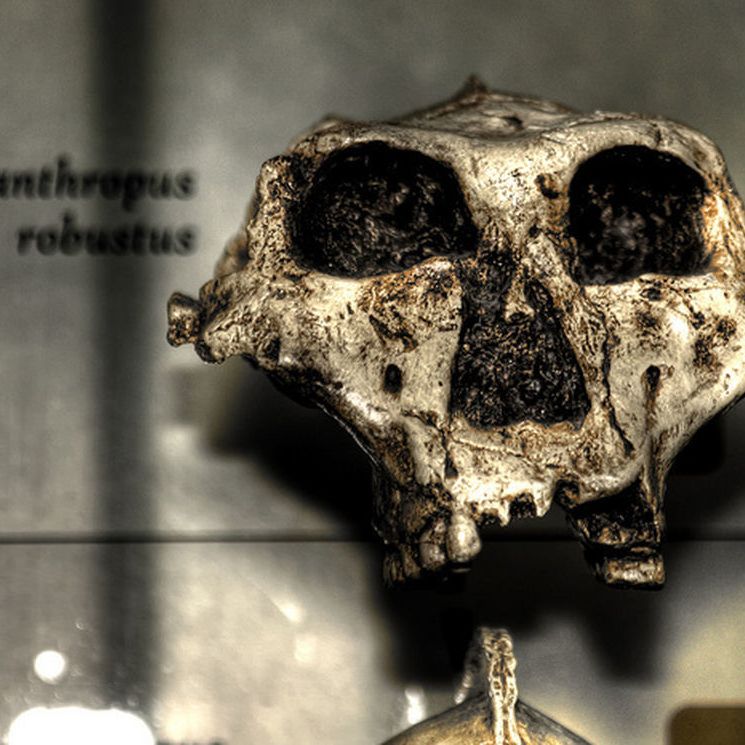
A skull discovered at the Drimolen Palaeocave System in the Cradle of Humankind World Heritage Site is making global headlines. Researchers say the Paranthropus robustus specimen shows evidence of microevolution. The findings were published earlier this week.
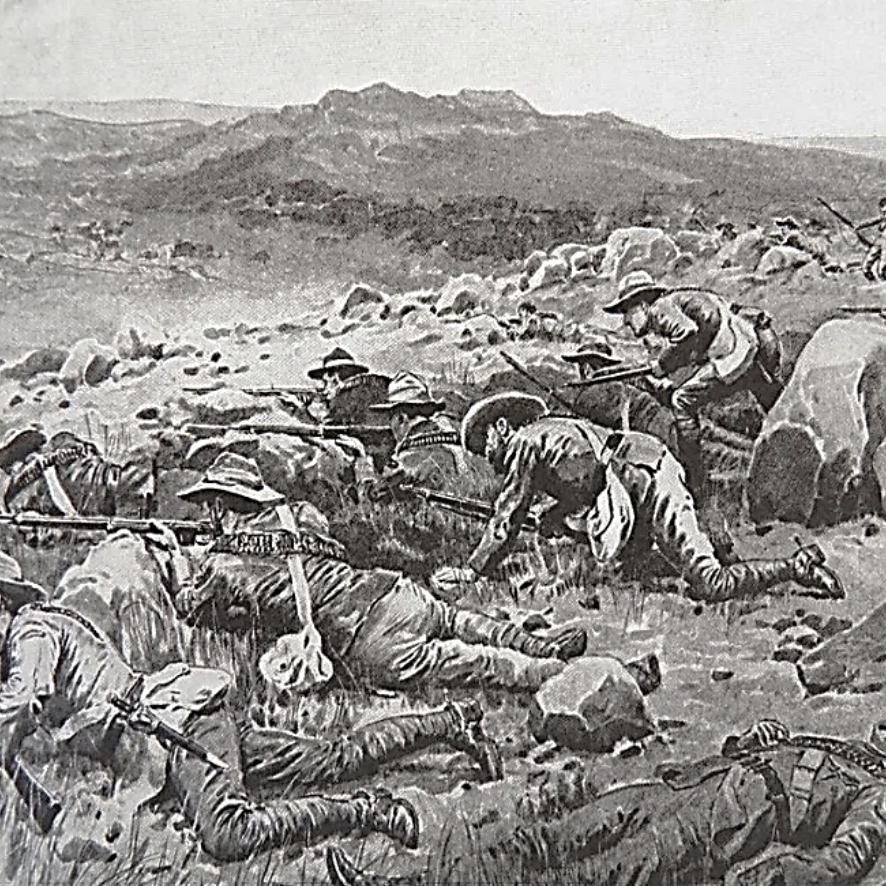
On 11 November each year, millions around the world mark Remembrance Day in tribute to lives lost in World War I. South Africa’s own history means there are many old battlefields in areas across our country. Celebrated environmentalist and author, Vincent Carruthers is producing a three-part series for Maropeng on these sites in the Cradle of Humankind. Here’s the first instalment, on the battle of Dwarsvlei.
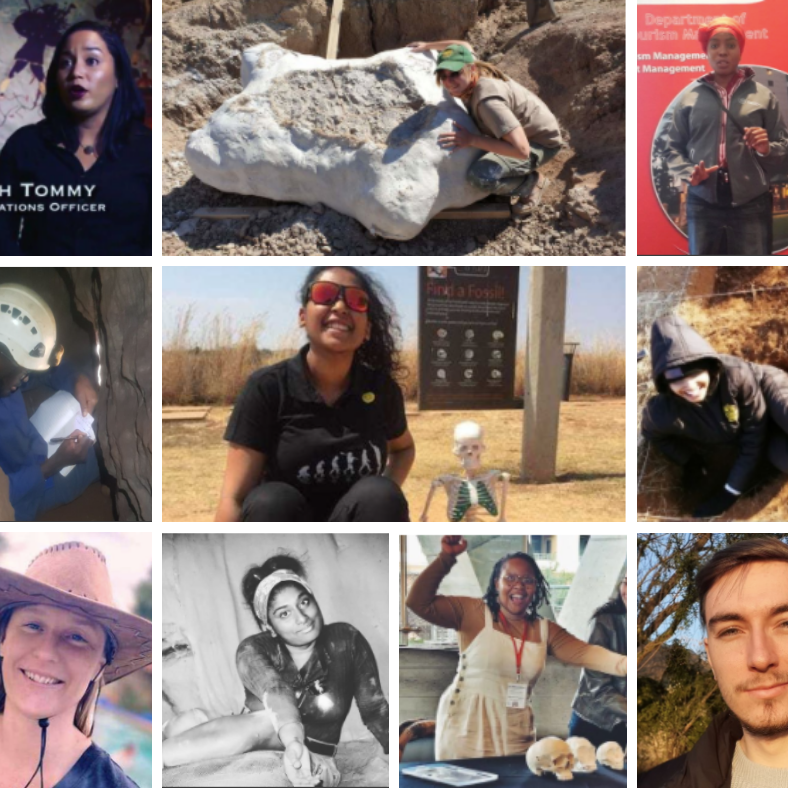
Whether they’re making their own stone tools, squeezing through caves or making anthropology accessible to more South Africans, our country has a vibrant cohort of young scientists who are doing their bit to uncover humanity’s origin story. During Youth Month this year, we decided to turn the spotlight on them.
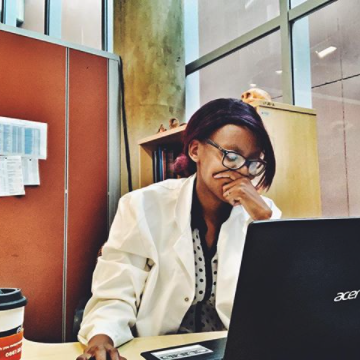
When she took the reins as curator at Maropeng, adventurer and archaeologist Keneiloe Molopyane had a compelling notion of the importance of museums in society. Nine months later, on International Museum Day, Molopyane, an archaeologist and biological anthropology PhD candidate, shared her thoughts on the impact and importance of museums on the African continent.

Are you scrambling to find interesting ways to keep your children busy during the lockdown? Here’s a look at some of our favourite ideas from around the world.
Keneiloe Molopyane could best be described as a bonafide adventurer. The archaeologist and biological anthropology PhD candidate is now also the new curator of the acclaimed museum at the Maropeng Visitor Centre.
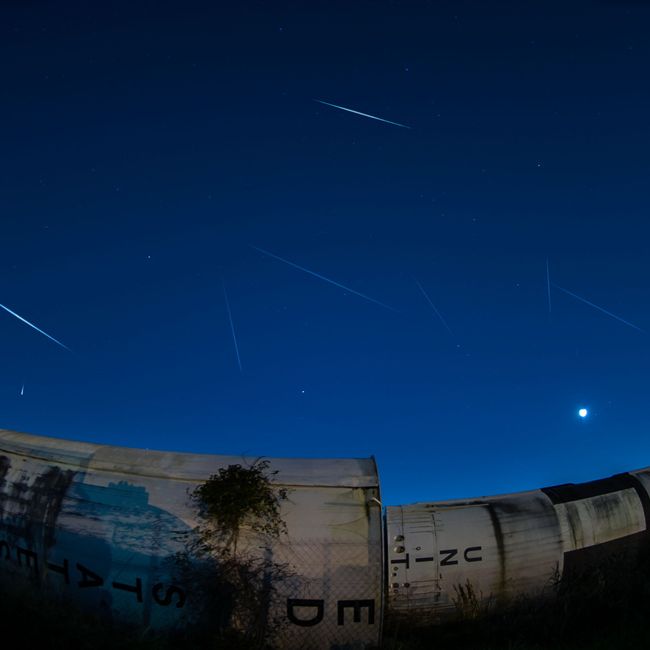
Armchair astronomers in South Africa will have their eyes to the skies at midnight tonight to catch a glimpse of the Geminid meteor shower, the annual phenomenon NASA calls the last and strongest meteor shower of the year.
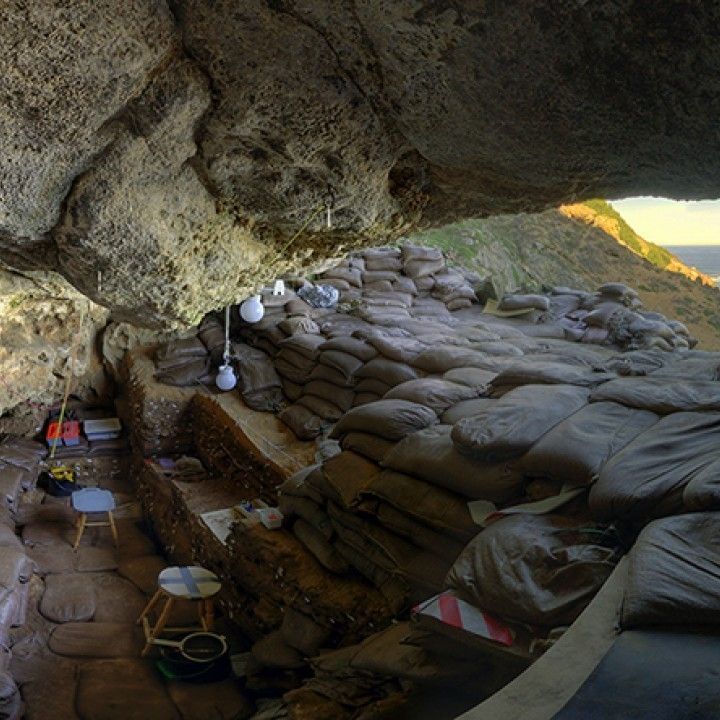
A new discovery in Blombos Cave in the Western Cape poses fascinating questions about the origins of modern human behaviour.
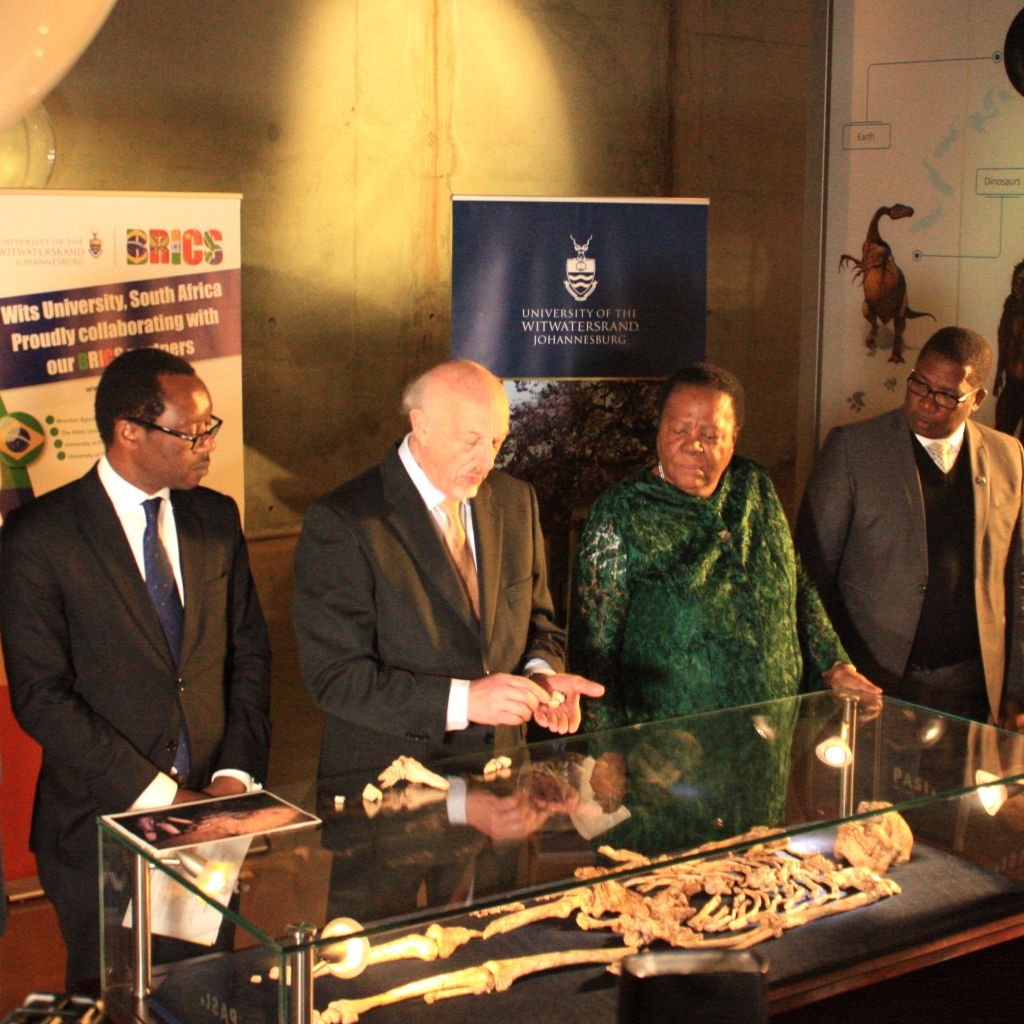
Professor Ron Clarke talked to us about the significance of the most complete Australopithecus skeleton ever found. “Little Foot” was unveiled at Maropeng for an event on the sidelines of the BRICS Summit last week.

The digital age has many benefits, but have we considered the way increasing amounts of screen time affect our health and wellbeing?

Laser technology has been used to ‘redraw’ the remains of a lost city along the Suikerbostrand hills near Johannesburg. This groundbreaking research was done by a team from Wits University. This piece on their findings was published in ‘The Conversation’.
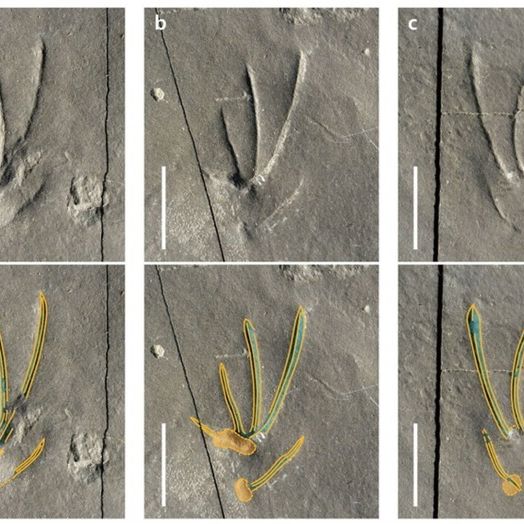
Fossil bones and skeletons tend to get most of the attention in palaeontology, but sometimes we can learn more about extinct life from the footprints long-extinct animals left behind. That’s the case in new research that claims to have found 110m-year-old trackways of lizards running on two feet (bipedally).
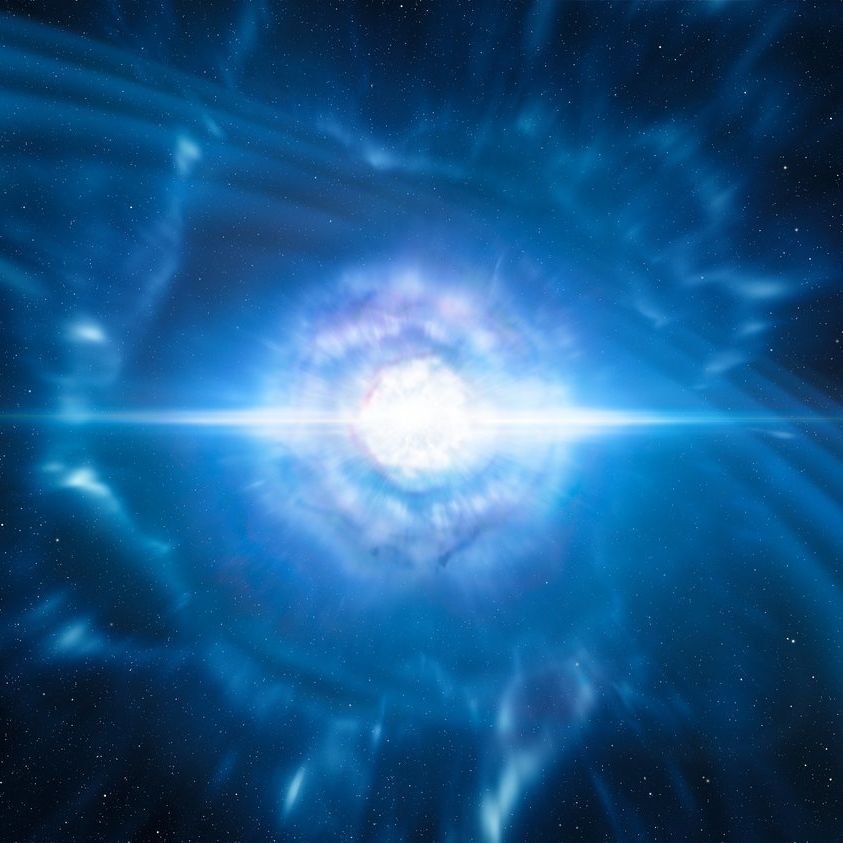
In the third edition of Maropeng’s “Thinking Aloud” series, we’re exploring one of the most followed astronomical events in the world. Professor Petri Vaisanen, director of the South African Astronomical Observatory, and Jerome Jooste, chairperson of the Astronomical Society of Southern Africa in Johannesburg, will shed light on a violent merger of two neutron stars 130-million light years away, and its implications.

“Thinking Aloud” is a new lecture series that Maropeng has introduced to shed light on, and promote discussions about, fascinating issues of public interest. In our first edition we delved into climate change, vultures and South Africa’s military history. In the second, we took a closer look at cannabis.
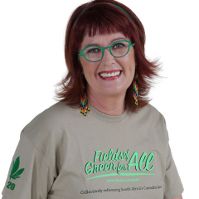
Have a pressing questions about the value of cannabis to human health? Then don’t miss the second instalment of our ‘Thinking Aloud’ series of public talks.
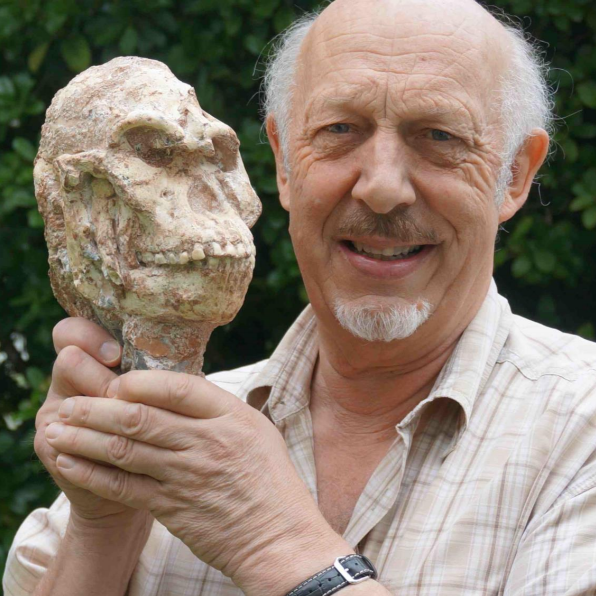
Little Foot, the almost complete, fossilised skeleton of an early form of the human ancestor Australopithecus, was hailed as one of the most remarkable discoveries ever in the field of palaeoanthropology when it was found deep inside a Sterkfontein cave. Recent scrutiny by experts made Little Foot the oldest known hominid from the Cradle of Humankind.
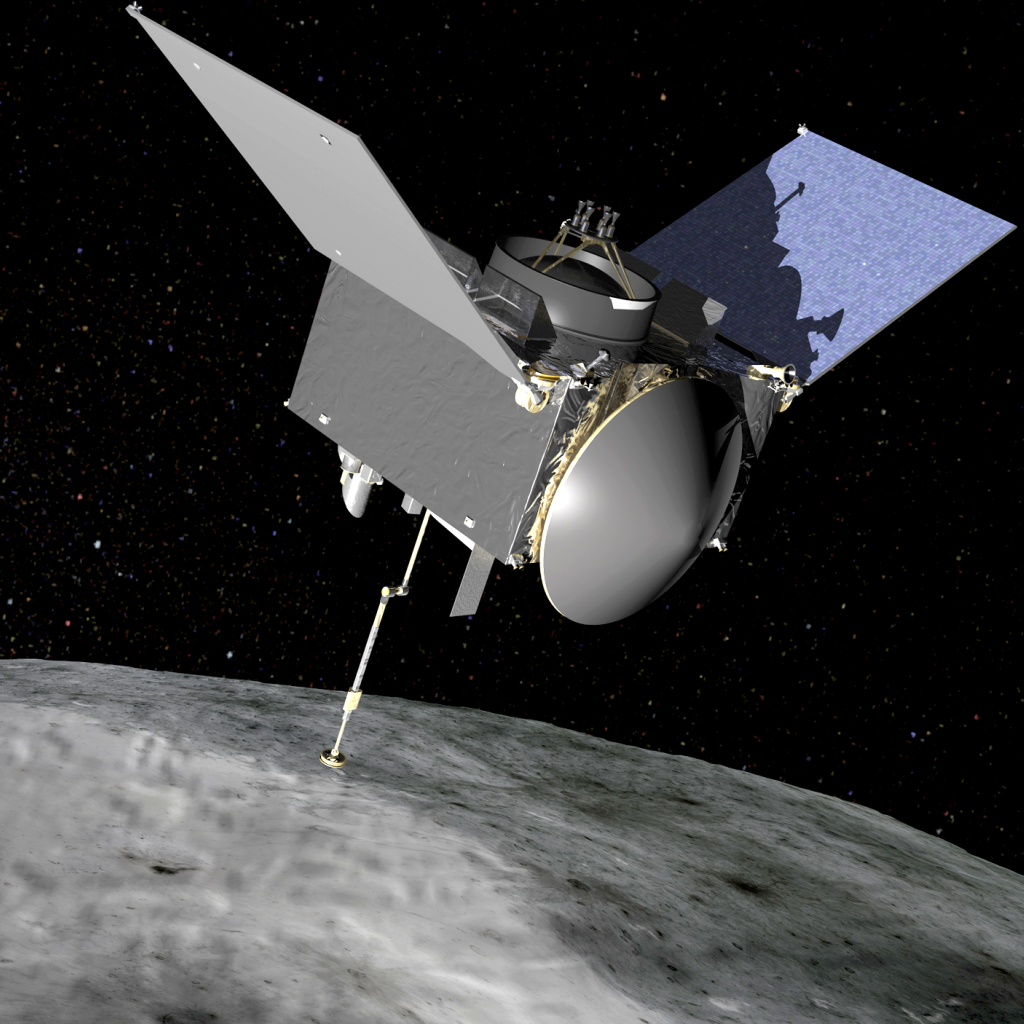
On 8 September 2016, NASA embarked on its first asteroid-sampling mission, OSIRIS-REx, with a successful launch from Cape Canaveral in Florida.

Whether you believe in the power of the stars and planets or are one of those who simply enjoys marvelling at the night sky while pondering the science of it all, the fact is that astronomy has had a very real impact on human minds.
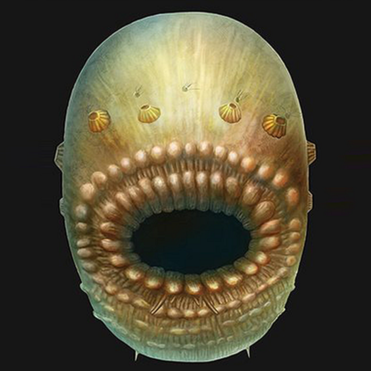
It’s time to meet your potential great-great-great-great-great-great-great-great-great-great-great-great-great-great-great [this goes on for several thousand lines] grand-relative.
Do you see any resemblance?